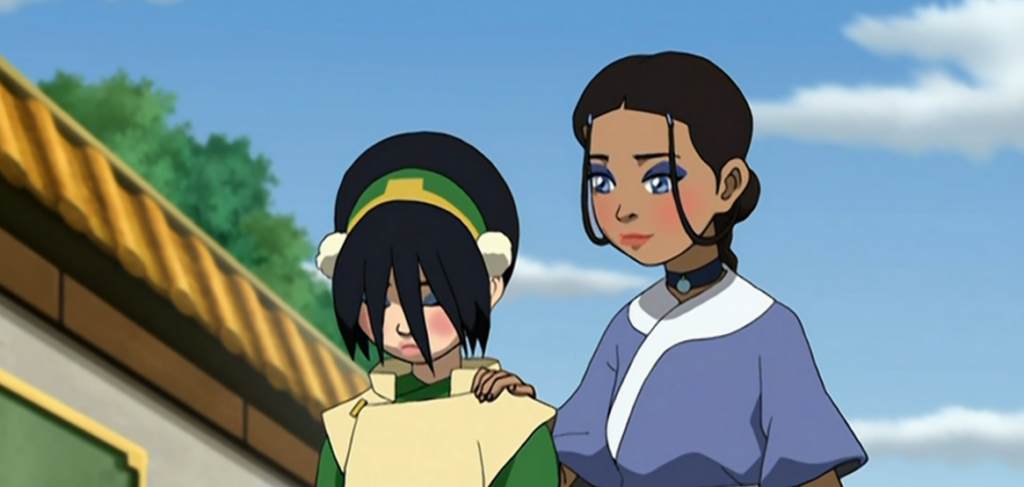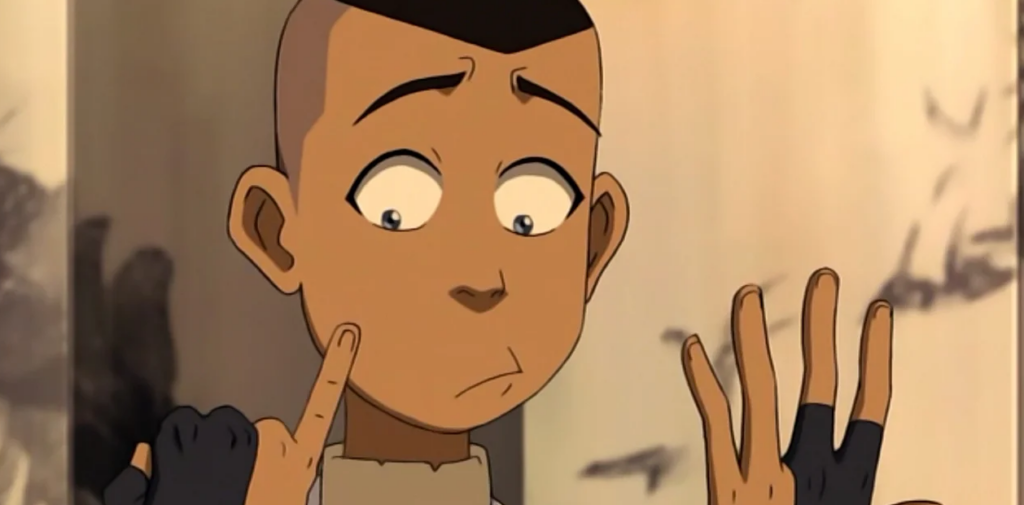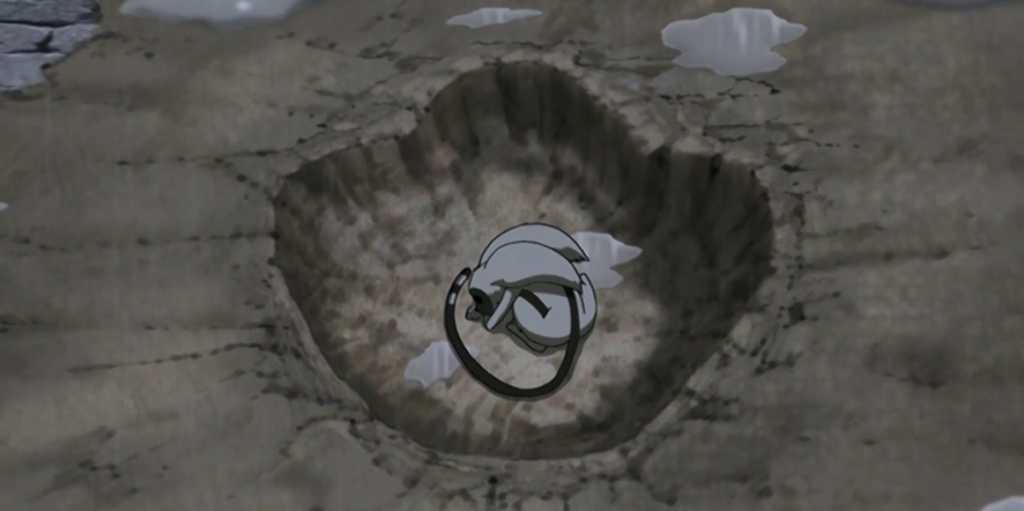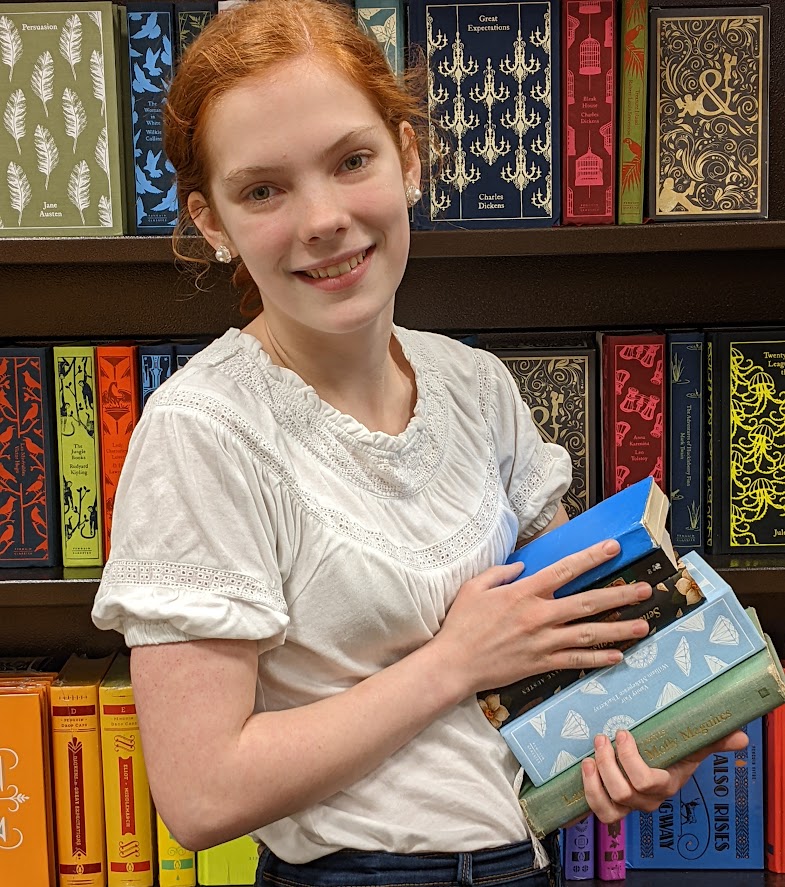Okay, so you’re just about to write your climax. Or your writing the lead up to your shocking plot twist. Or you’re just pages away from the moment that your protagonist’s world will crash around him.
But you can’t quite get there yet.
It’s too soon after the last plot point, or you feel as though something crucial is missing. You can’t move forward because it would throw your whole story off.
We’ve all been in the muddle that is the section between the beginning and the end. Middles can be some of the hardest parts to write in storytelling. How do you generate interest while also plumping up your thin story? How do you show your readers that there is real substance between your action-packed introduction and your epic climax?
Many writers can’t do it. We’ve written quite a few articles about authors who ended up taking their readers in circles to add page count to a story that didn’t have much to offer between the more emotional passages.
Avatar: The Last Airbender is an absolute master at fillers. It let its character arcs shine through a rather simple plot, and although there is political intrigue and conflicted side characters to explore along the way, there were plenty of moments when the show expertly navigated a potentially muddled middle without the audience batting an eye. An especially powerful example of this is the legendary Tales of Ba Sing Se.
Avatar: The Last Airbender
For those of you who haven’t seen Avatar: The Last Airbender in a bit, I’ll offer a quick summary of the context surrounding the Tales of Ba Sing Se. (For a more complete summary of the premise of the show, check out our article, here.) Team Avatar has fallen on hard times. Their sky bison, Appa, has been stolen, leaving them stranded as they fight their way toward the Emperor of the Earth Kingdom with a dire message — the Fire Nation plans to invade even the secure walls of the capital Ba Sing Se soon, and their only opportunity to stop them comes in just a few short weeks. Then, a solar eclipse will temporarily render firebending impossible, giving the rest of the world their last opportunity to invade the Fire Nation before they conquer the giant land mass of the Earth Kingdom and move forward to claim the rest of the world.
Finally, our protagonists have reached the capital of Ba Sing Se and, to their surprise, are treated like heroes. After months of fighting through incredible obstacles and dodging the ever-persistent banished Fire Prince Zuko, they are finally given the chance to relax. Aang begins to heal after his only connection to his people is stolen, and the strain that has been put on each member of the group begins to release.
In this moment, while they await an audience with the Emperor and refresh from some of the most difficult challenges they’ve ever had to face, the Tales of Ba Sing Se take place, each featuring a different perspective character within the Gaang.

The Tale of Toph and Katara: Show a Relationship
We’ve seen Toph and Katara grate against each other quite a bit. Katara is nurturing, protective, and skilled, but a bit naive. Toph tends to be cynical, risky, and assertive. She struggles to find her place in the group, used to being a loner and relying only on herself. Katara, on the other hand, has always had a place in her community — protecting, defending, and serving those around her. She sees herself as part of the group, while Toph’s fierce individualism can occasionally hurt their mission. Their first episode together focused on how they tackled these problems, and since then we haven’t seen a whole lot of one-on-one interaction between them.
So the writers took a chance in The Tales of Ba Sing Se to explore a new aspect of their relationship — how Katara can actually help Toph deal with the issues that have come from her restrictive upbringing and rebellious attitude. During a “Girls Day Out” that Toph at first reluctantly participates in, we see Toph be vulnerable with Katara in a way that she hasn’t been vulnerable with anyone else before, and we watch Katara provide the support and wisdom that Toph so desperately needs — now that she has become humble enough to see it.
If you need a moment between two plot points, focus on a specific relationship. Give two characters an unusual moment to enjoy some one-on-one time that shows how much they’ve grown together — or how far they still have to go. Without these moments, you end up having a group that doesn’t feel like family. With these moments, your group becomes an inseparable family, bound together by the connections you weave during these scenes. So don’t miss the opportunity to strengthen them. Instead, use breaks in the action to show just how powerful their bonds can be.

The Tale of Iroh: Show The Effects of a Backstory
In the next tale, we follow Uncle Iroh, mentor of the banished Prince Zuko, as he goes through a typical day around Ba Sing Se. Now that both he and his nephew are on the run from the Fire Nation, he goes by the name Mushi and makes a living working at an Earth Kingdom tea shop in Ba Sing Se. As he runs errands around town, we watch him counsel a crowd of rowdy boys, provide wisdom to a confused man who almost set out toward a life of crime, and even offer a comforting song to a young, tearful boy.
But at the end of the day, Iroh climbs a hill, sets up a small shrine with candles and a portrait of a young soldier, and wishes his son a happy birthday. As the sun sets on the quieting city of Ba Sing Se, he begins to sing the song he used to comfort the boy earlier on in the day — and we come to realize that the song is really about his own “brave soldier boy.”
Leaves from the Vine is by far the most iconic song in Avatar, and it is all because of the power of this scene. We had heard of Lu Ten, Iroh’s son who passed away during the war, but we never saw the full impact of his death on Iroh until this remarkably powerful moment. The writers took a quiet moment to dive into how this character’s backstory affects his everyday life. The image of Iroh, who is mourning for his son all day long, and yet still finds time to counsel wandering souls and console tearful children is such a powerful image of who he is as a character. He is far more than the silly, cheerful man we first met on Prince Zuko’s fire navy ship. He has depth and meaning and provides the most emotional scene of the entire show — all because the writers were intentional with how they spent the moments between plot points.

The Tale of Sokka: Provide a Breath of Humor
Leaves From the Vine isn’t the only scene that has been emotionally weighty over the last few episodes. Aang has lost his only connection to his home, and his depression because of it has been affecting the entire group. Meanwhile, they are frustrated with the amount of red tape surrounding their audience with the Emperor, and they’re worried they won’t be able to organize an invasion force in time to stop the Fire Nation from conquering the Earth Kingdom. Even Sokka, used to being a warrior and defender, is aimless and bored with nothing to do.
One evening, he accidentally stumbles into a haiku club formed by the daughters of wealthy Earth Kingdom nobles, who improvise poetry on stage for each other every week. The leader, disturbed by his intrusion and scornful of an untrained commoner, engages him in a haiku battle when he begins improvising poetry for the group of girls.
They laugh and giggle as he provides clever retorts to the leader’s snobbish remarks, charming the poetry club and increasing the leader’s frustration with a perfect syllable count for each retort. Finally, a minor and humorous slip-up results in his dramatic and comedic expulsion from the club.
This episode gave a breath of fresh air to a period of the series weighted down with serious emotions and desperately in need of some humor. Although they do not treat subjects like Lu Ten lightly, the writers are not afraid to allow some of their more humorous characters express themselves in a way that is refreshing to the audience.
If you’re stuck in the middle, give your readers a moment to laugh.

The Tale of Zuko: Fish Out of Water
Prince Zuko is defined by his goals. For the last three years, his goal has been redeeming himself by capturing the Avatar. But now that they’re hiding from their former allies, Zuko has had little time to do anything but make ends meet and avoid revealing his true identity. Goals of almost any kind have fallen by the wayside… Until Iroh sets his teenage nephew up on a date.
Now, Zuko’s goals include not making a fool of himself and maybe even getting to know the girl that has been eying him at the teashop for weeks. It shouldn’t be hard, but it’s far more difficult than he expected. He hasn’t had a normal, casual conversation with a stranger in years, let alone let his guard down enough to trust anyone. We watch him struggle, and at times it is painfully awkward. But we also see Zuko learn and grow. He’s starting to think about people other than himself, and consider goals outside of his own self-interests. He gets a chance to relax with a nice girl, to do something fun with her, to make her laugh. We haven’t seen him do any of these things, aside from the few short flashbacks we get into his life before banishment, when he was a child.
If your characters need something to do that will grow and prepare them for your next big event, take your fish out of water. Let them try something completely uncharacteristic. Force them into stepping outside of their comfort zone or allow them to finally have the choice — and show how much they’ve changed when they actually choose to try something new that scares them a little bit.
You don’t have to have them face their darkest dragon or their deepest fear — that’s for the climax. There are other, smaller ways that they need to grow and develop as well. And it can be as simple as letting them go out with someone for a night.

The Tale of Momo: Provide a New Perspective
Momo is team Avatar’s pet winged lemur, and he’s always had a special bond with Appa. So when he finds a tuft of Appa’s fur abandoned in Ba Sing Se, he takes off, looking for clues. This tale follows Momo’s perspective as he begins to lead the Gaang toward the clues that could help them finally find Appa.
There isn’t anything shocking in this tale, or deeply emotional, or crucial to the story. But it provided a new perspective that opened up the next chapter in the Gaang’s search for Appa.
When you need a break between two plot points, explore a new perspective. And it doesn’t have to be your characters’ pet. It can be an interlude from the villain’s perspective, or a flashback in a side-character’s dream, or a character who’s been separated from your main cast for part of the plot. Explore a new idea, a new vision, or a new view through one of your other characters, even if, or perhaps especially if, they are not important.
If you have a character who isn’t carrying a powerful arc or driving a crucial plotline, you’re often much more free. You can have a character give a speech that none of the other characters could offer, or discover something new that the other characters are too busy to notice, or simply add a new dimension to your story.
Well, there you have it: five filler ideas that will give your readers a chance to relax from the tension while also driving your relationships, characters, or plot forward.
This has already been an unusually long article, so I won’t say much more. But there’s so much that could be explored here. Each of the Tales of Ba Sing Se could probably have their own article (comment below if you’d like to see that on the blog!), not to mention the other kinds of fillers that Avatar employs throughout the show.
Fillers don’t have to be boring. They don’t have to be obvious or a waste of your readers’ time. They give you and the reader a chance to slow down and look around the world, the characters, and the relationships that you’ve set up. Give your readers a chance to fully appreciate your writing, and create a filler that they will remember for years to come.



Let us know in the comments:
What stories you read with fillers that are a little too obvious? Which of the Tales do you enjoy the best? Which kind of filler do you think your WIP needs more of? And how was this article? Too sweet? Too sour? Just right?


Hi! My name is Mara, and I’m a Christian artist, violinist, and blogger. I remember the day that I decided that I would learn something new about what makes a good story from every book I picked up — whether it was good, bad, or a mixture of both. I use this blog as a way of sharing some of the tips and tricks I’ve learned, and highlight which books, cartoons, and movies have taught me the most about writing an awesome story.

THIS IS MY FAVORITE EPISODE!!!! WE’VE BEEN TRYING TO FIND IT EVER SINCE AMAZON PRIME DROPPED THE SHOW!!!
*ahem*
I profoundly believe that this episode was the best episode in the entire series, some of David Filoni’s best work. (And the rest of the crew, of course)
My favorite tale was Sokka. I can never get enough of Mr. Boomerang. I wrote down all the haikus, but my Kindle bit the dust, so I can’t look at them anymore…
“Ah, poetry…” 🥴
That’s awesome!! I’m so glad you enjoyed this episode, too. And I can’t believe you wrote down all of Sokka’s haiku’s! A poetry master, that one.
He really was!
You should TOTALLY write about each tale! I know we would love that!
Aww! Thanks!
Also, I appreciate the use of “Gaang”. I never would’ve thought of that, and it’s perfect! Thank you so much!
Haha! You’re welcome. Is this Phoebe’s thought, as well?
She, um, noticed it and pointed it out. I completely missed it at first, LOL!
Okay, that’s awesome! I was just curious…. I haven’t seen two people comment at once before!